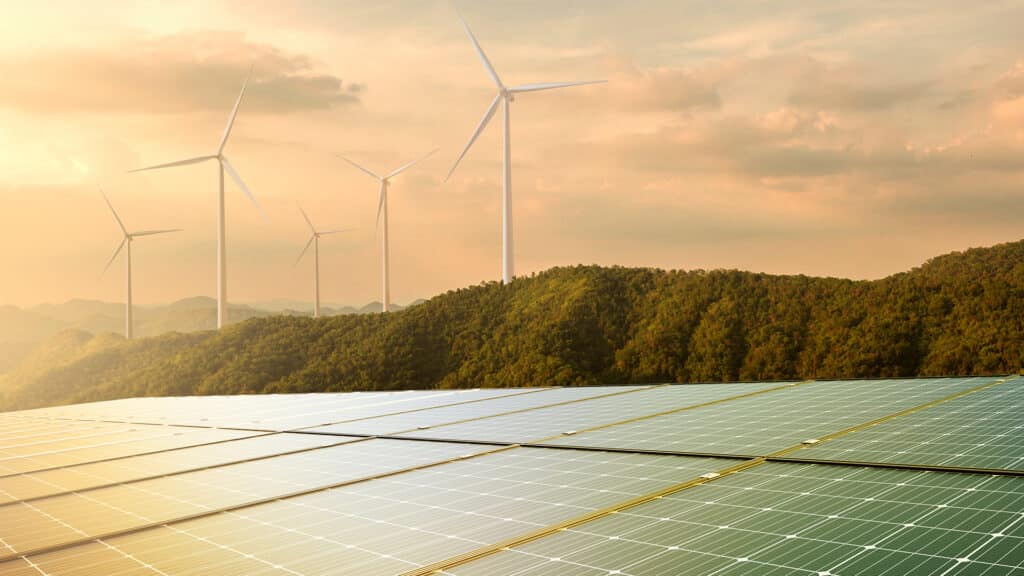Kazakhstan’s green energy slide: Renewables lose share in power mix

Kazakhstan’s renewable energy sector is facing a relative decline in its contribution to the national power mix. In the first quarter (Q1) of 2025, renewable energy sources (RES) generated 1.96 billion kilowatt-hours (kWh) of electricity, accounting for 5.93% of the country’s total electricity output. That’s down from 6.43% in 2024, according to the Ministry of Energy.
In Q1 2025, the installed capacity of renewable energy facilities reached 3,082.12 megawatts (MW), broken down as follows:
- Wind power: 1,570.05 MW.
- Solar power: 1,222.61 MW.
- Small hydroelectric plants: 287.69 MW.
- Biogas plants: 1.77 MW.
Between January and March 2025, wind farms produced 1,417.19 million kWh, solar plants generated 373.5 million kWh, small hydroelectric stations contributed 170.25 million kWh and biogas facilities added 0.65 million kWh.
While renewable generation grew by 11.4% year-on-year (YoY) in Q1, it failed to keep pace with the broader increase in total electricity generation, resulting in a smaller share of the overall energy mix.
For comparison, at the end of 2024, Kazakhstan’s installed renewable energy capacity stood at 3,032.12 MW, with annual generation totaling 7,581.33 million kWh. That included:
- Wind power: 4,513.02 million kWh.
- Solar power: 1,889.59 million kWh.
- Small hydroelectric plants: 1,177.13 million kWh.
- Biogas plants: 1.58 million kWh.
Renewables made up 6.43% of total electricity production in 2024, a 14% increase YoY.
Kazakhstan has raised its renewable energy ambitions, now aiming for renewables to make up 15% of its energy mix by 2030. The initial target was 10% by that year, but officials have decided to accelerate the transition. The new goal will be pursued by launching several large-scale renewable energy projects with a capacity of 1 gigawatt (GW).
However, the recent dip in the share of electricity generated by renewables comes amid a resurgence of traditional energy sources. In August 2024, national energy company Samruk-Energy, a subsidiary of Samruk-Kazyna, announced the launch of Unit 1 at the Ekibastuz GRES-1 coal-fired power plant. The new unit added 500 MW of capacity, enabling the plant to operate all eight units at full capacity (4 GW) for the first time in 30 years. The plant runs on coal mined from the Ekibastuz basin using open-pit methods. The city of Ekibastuz, home to the GRES-1 and GRES-2 power plants, generates more than 40% of Kazakhstan’s total electricity output.
Despite this, investment in renewables continues, particularly through competitive auctions where developers bid by offering the lowest rate for their electricity. By contrast, several large-scale renewable projects have been backed by intergovernmental agreements that guarantee higher long-term rates, sometimes in foreign currency, for up to 25 years. These agreements are typically reserved for utility-scale projects of 1 GW or more.
Notably, earlier projects continue to benefit from higher rates. For example, under a December 2024 order from the Ministry of Energy, the rate for electricity from the Astana EXPO-2017 wind power plant (100 MW) was set at approximately $0.12 per kWh, excluding VAT. That rate is more than twice the starting price in current renewable energy auctions, which begins at $0.044 per kWh.

